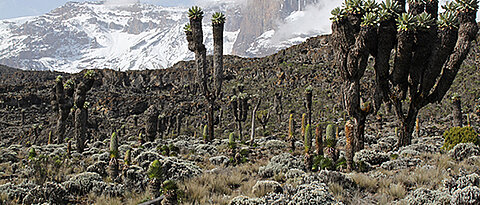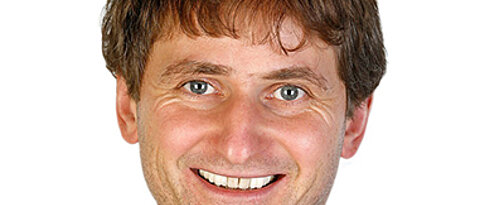3D scans for the automotive industry
01/13/2017
How does an automotive assembly line have to be retrofitted for a change of model? 3D scanners are a way to find this out. Professor of computer science, Andreas Nüchter, is a specialist for the job.
more



















